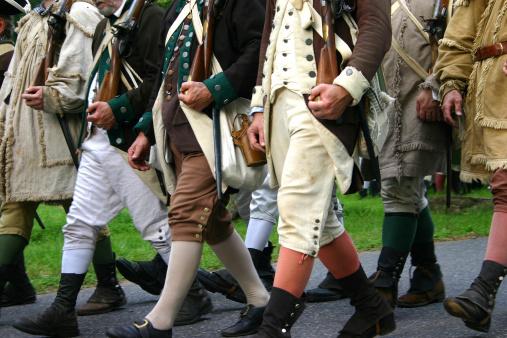With a Little Help from Your Emergency Food Storage
As a father of boys, the Fourth of July is always a highlight of my year. It never ceases to amaze me how enthusiastic small humans can get about fireworks—it’s even enough to distract from video games for 24 hours!
But for as much quality swimming, eating, and pyrotechnics as we enjoy, I usually feel a little empty by the end of the day. Sure, we had a blast, but I also want my boys to walk away better citizens and scholars of American independence. That almost never happens.
To remedy this, I’m always on the lookout for ways to blend important messages into the activities my family already has planned. I recently came across an idea that I’ll definitely be using this year and that I thought was worth sharing with our Emergency Essentials family.
It’s a fun and easy way to bring the focus of your Fourth of July festivities back on what matters: contemplating independence and celebrating the founding generation.
The Founders Feast
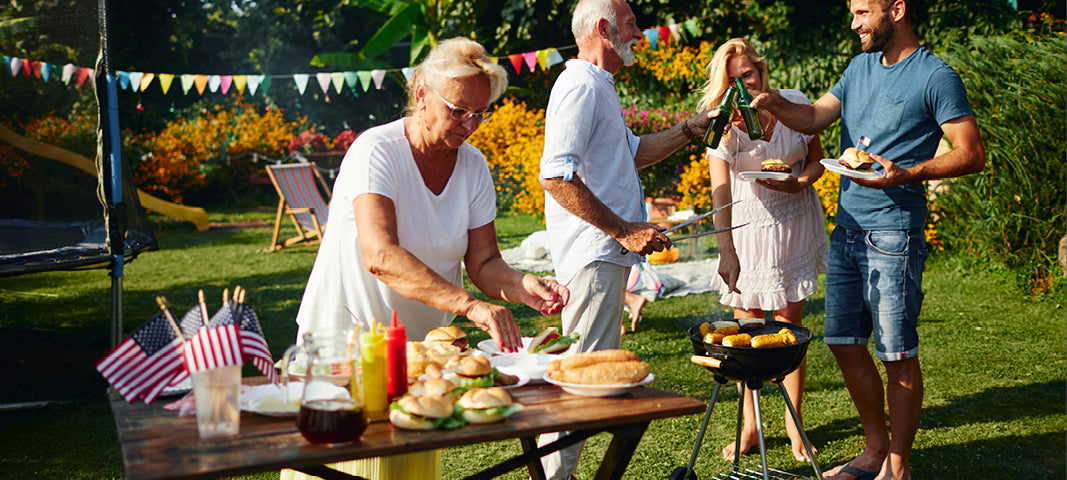
Make your Fourth of July meal an opportunity to talk about the founders and American independence.
The idea is simple: pick your favorite founding fathers and/or mothers and bake, boil, or mash their favorite foods on the Fourth. You can get your family involved—talk to them beforehand and present them with options. Do they want Abigail Adams pudding? Or George Washington soup?
Once you’ve selected your foods, make them a talking point. This may require a little bit of research. You might consider putting a small portrait up next to the founder’s dish at the table (we've included links to printable images of the founders discussed below). While you dig in, you can take the opportunity to share some important history and ask teaching questions to your kids and grandkids.
This exercise might be a little awkward depending on whether your family is game, but it gets important faces in front of them and gives you a chance to share your feelings on some meaningful topics.
No Better Lesson in Independence Than Practicing It
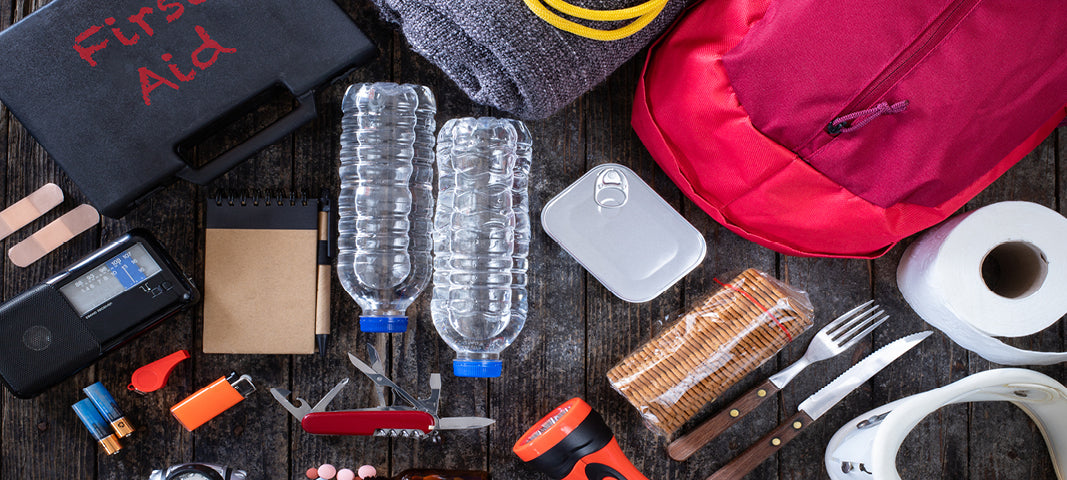
Tap into your emergency food supply for ingredients this Fourth of July. It can be a gateway into conversations about independence.
As an added lesson in independence, I like to cook up some of our long-term food storage on the Fourth. I know it’s for emergencies, but it’s also a great gateway into conversations about independence and what it means to be self-reliant.
This year I’m going to combine these activities by introducing some food storage ingredients to the founders’ feast.
I’ve added some suggestions in the recipes below for easily integrating food storage items into these dishes.
By the way, some of these recipes are historical dishes from colonial-era cookbooks, giving you another opportunity to talk about our nation’s history and what life was life for the revolutionary generation.
Here are some dishes you might consider cooking and a little of the history behind them.
John Adams’ Apple Pan Dowdy
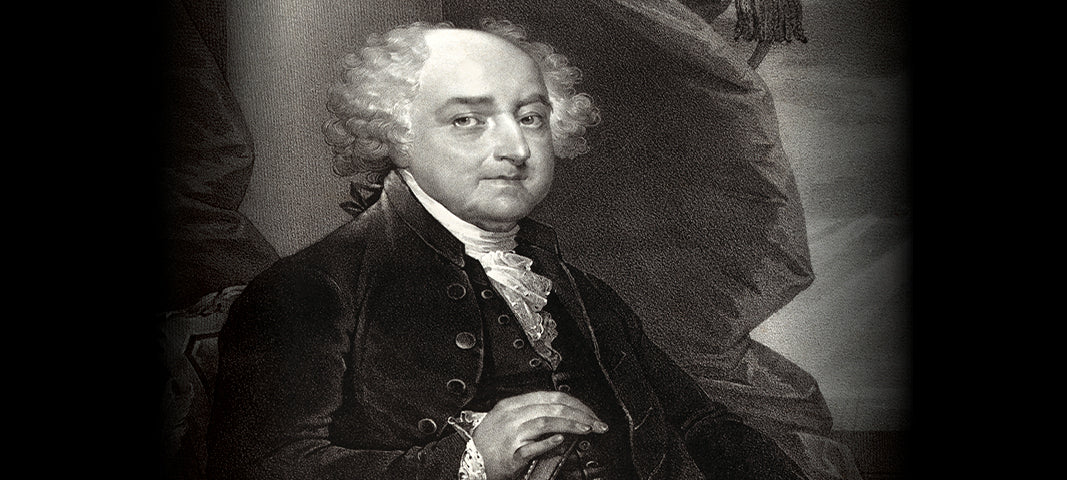
John Adams: lover of liberty and Apple Pan Dowdy.
John and Abigail Adams grew up in colonial New England and would have been raised on simple foods. While John was in office, the meals he and Abigail served generally reflected that thrifty upbringing (with some exceptions, of course).
On Independence Day, John would often ask for Apple Pan Dowdy. Apples were a common centerpiece in New England desserts. Similar to an apple pie, the name refers to the “dowdied” crust—broken by a knife and then seeped in the center juices.
Below is a recipe from the President’s Cookbook. I’ve taken the liberty of changing the formatting a bit for online reading.
I’ve also suggested some ingredients that you might swap out with items from your emergency food storage (you’ll find these in every recipe).
Apple Pan Dowdy Recipe

INGREDIENTS
For the Pastry
- 1 1/2 Cups flour (25-Year Shelf Life White Flour)
- Dash of salt
- ½ Cup shortening (10-Year Shelf Life Shortening Powder)
- Ice water for sprinkling over dough
- ¼ Cup melted butter (10-Year Butter Powder)
For the Filling
- ½ Cup sugar
- ½ tsp cinnamon
- ¼ tsp salt (30-Year Iodized Salt)
- ¼ tsp nutmeg
- 10 large apples (peeled and cored) (25-Year Freeze-Dried Cinnamon Apples Slices)
- ½ Cup molasses
- 3 Tbsp melted butter
- ¼ Cup water
INSTRUCTIONS
To make the pastry: Sift 1 1/2 cups flour with a dash of salt. Blend in 1/2 cup shortening until the mixture is mealy. Sprinkle a little ice water over the mixture, just enough to hold the dough together.
Roll the pastry out, brush with 1/4 cup melted butter, and cut pastry in half. Place the halves on top of each other and cut again. Repeat until you have 16 separate but equal pieces of pastry piled on top of each other, then chill them a full hour. Roll the pastry once again, cut in half, and line the bottom of the baking dish with one half. Save the other half for the top. Keep both on ice while making the filling.
To make the filling: Mix 1/2 cup sugar with 1/2 teaspoon cinnamon, 1/4 teaspoon salt, and 1/4 teaspoon nutmeg. Peel and core 10 large apples. Cut then into thin slices. Mix the apples with sugar-spice mixture and place in pastry-lined dish. Combine 1/2 cup molasses (or maple syrup) with 3 tablespoons melted butter and 1/4 cup water. Pour this over the apples. Cover with the top pastry layer and seal.
Place in a preheated hot (400 degree F.) oven for 10 minutes, then reduce heat to low (325 degrees F.). After reducing the heat, "dowdy" the dish by cutting the crust into the apples with a sharp knife. Return dish to oven and bake a full hour. Serve hot with vanilla ice cream or with heavy cream or whipped cream. Serves 6."
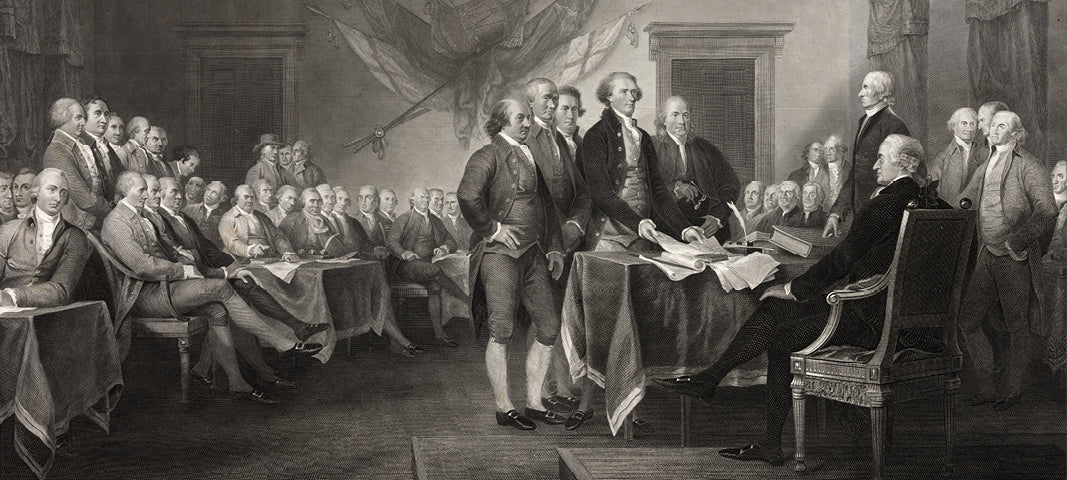
Adams was a key figure in the creation of the Declaration of Independence
Facts About John Adams to Educate and Inspire Your Family This Fourth of July.
- He was the second president of the United States and the first to live in the White House.
- Adams was a dedicated Sabbath keeper—he would not work or travel during the war on Sundays.
- He was hopelessly in love with his wife, Abigail. “I can do nothing without you” he wrote in 1776.
- He courageously, vigorously defended two British soldiers accused of the Boston Massacre—at the peril of his own career and safety.
- He risked everything for his country. The British wanted him hanged for his part in drafting the Declaration of Independence.
Click here for a printable image of John Adams (and other founders)
George Washington’s Cream of Peanut Soup

George Washington loved peanuts, especially cream of peanut soup similar to the recipe below.
Peanuts began flowing into American ports in the 18th century. Back then, they were difficult to grow and harvest (a problem later solved by George Washington Carver, another great American). As a result, they were considered a food for the poor and for livestock. They were more widely used as oil and a fill-in for cocoa.
Despite their status as a lower-class food, peanuts were rumored to have a frequent place at the table of none other than President George Washington. One of his favorite iterations of the peanut was cream of peanut soup. The dish is still served at the King’s Arm Tavern, an authentic reproduction of the establishment opened in 1772 in colonial Williamsburg.
While soup may not be standard Fourth of July fare, this cream of peanut recipe is great served cold and pairs well with fresh breads. It's worth trying at the table!
The version below is taken from the Williamsburg Cookbook, featuring traditional recipes from the colonial era.
Cream of Peanut Soup Recipe
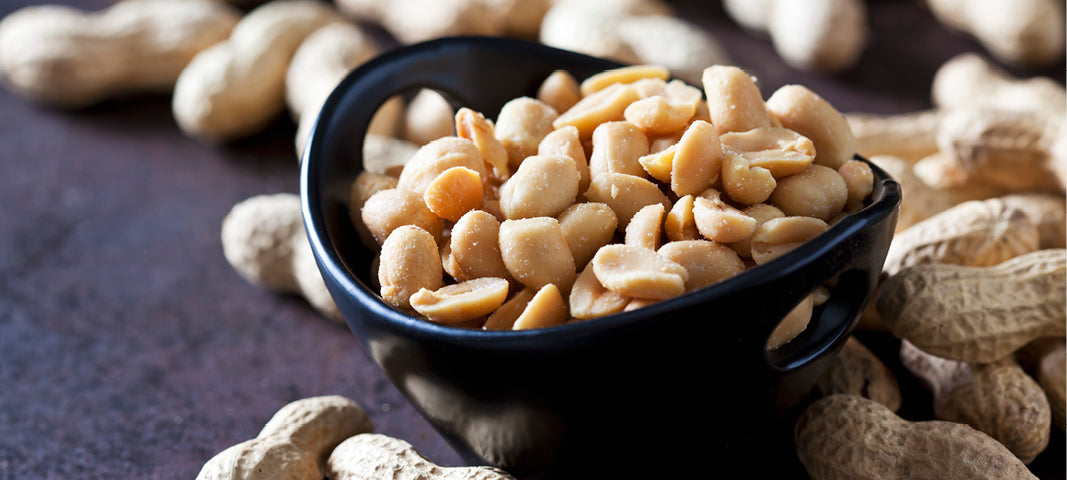
INGREDIENTS
For the Pastry
- 1 medium onion, chopped (25-Year Dehydrated Chopped Onions)
- 2 chopped celery stalks
- ¼ Cup butter (10-Year Butter Powder)
- 3 Tbsp all-purpose flour (25-Year Shelf Life White Flour)
- 2 quarts chicken broth
- 2 Cups smooth peanut butter (Peanut Butter Powder)
- 1 ¾ Cups light cream
- Peanuts chopped
INSTRUCTIONS
Sauté onion and celery in butter until soft. Do not brown. Stir in the flour until well blended. Add chicken broth/stock, stirring constantly and bring to a boil. Remove from heat and puree in a food processor or blender.
Add peanut butter and cream, stirring to blend thoroughly. Return to low heat and heat just until hot.n Do not boil.
Serve garnished with chopped peanuts.
Facts About George Washington to Educate and Inspire Your Family This Fourth of July.
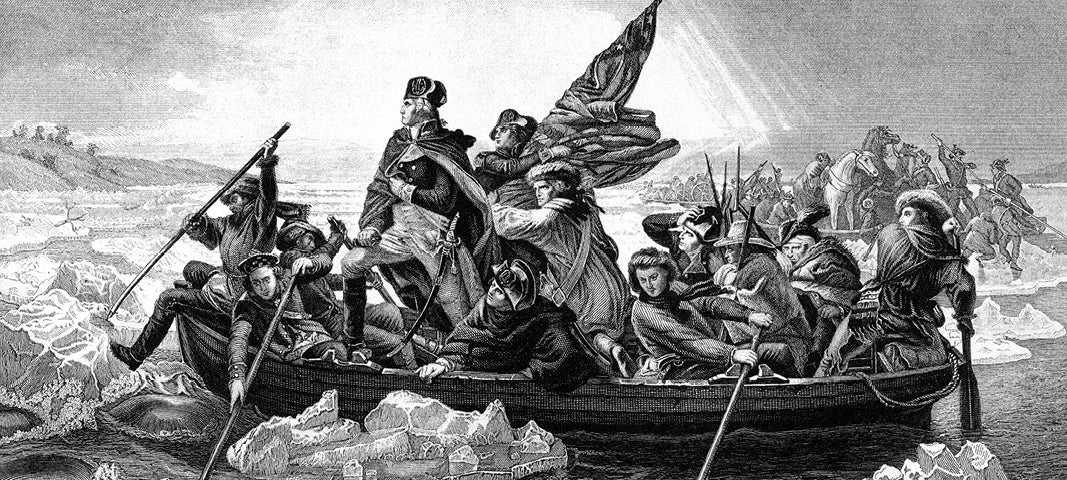
- He was one of the few leaders in history willing to totally give up power—he voluntarily stepped down as general and president (potentially saving the young republic)
- He might be the most widely loved leader in American history. He was unanimously chosen to preside over the Constitutional Conventional and unanimously voted to the office of President—twice!
- He was willing to change his stance on important issues, slavery being the most notable. Years of fighting for liberty in the revolution and presiding over the country as president changed his heart. Upon his death he freed his 123 slaves, the only slave-owning president ever to do so.
- He nearly single-handedly saved the revolution when it seemed destined to collapse, twice. The first time he did this by boldly crossing the Delaware in the dead of winter and the second time with a risky attack in Yorktown, Virginia.
Click here for a printable image of George Washington (and other founders)
Abigail Adams’ Pudding
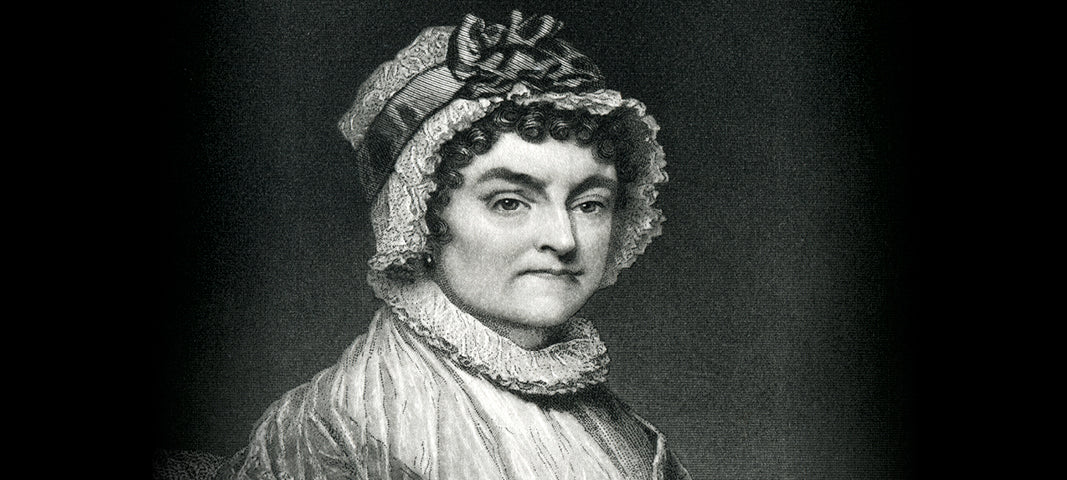
Abigail Adams was known to enjoy British-style bread and sausage-like puddings.
The history of pudding is a bit complicated because the food has been called by different names over the years. For example, what Americans today think of as “pudding” is traditionally considered a form of custard. British-style pudding—the thick, bread or sausage-like dish, was the one preferred by Abigail Adams.
Prior to the 18th century, pudding was most often a savory affair made with meats and sometimes grains. By the time of the revolutionary generation, dessert puddings had become more popular.
“Indian pudding” in particular, with its course, lumpy texture and hints of sweetness and ginger, was a commonplace dish as far back as Plymouth Plantation and remained on New England menus for generations.
By the way, despite its name, this is not a Native American dish. Pre-colonial Native Americans didn’t have access to milk or molasses.
The recipe below is taken from The Boston Cooking-School Book by Fannie Merrit Farmer, published in 1896. It’s been in print regularly since then—there’s even a Kindle version if you’re interested.
Pudding Recipe
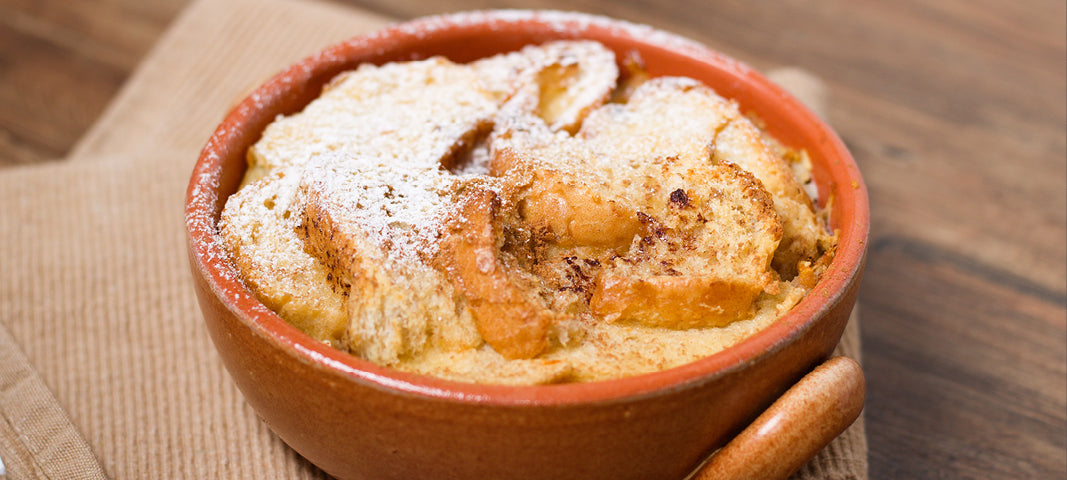
INGREDIENTS
- 5 Cups scalded milk (20-Year Instant Dry Milk)
- ⅓ Cup corn meal
- ½ Cup molasses
- 1 tsp salt
- 1 tsp ginger.
DIRECTIONS
Pour milk slowly on meal, cook in double boiler twenty minutes, add molasses, salt, and ginger; pour into buttered pudding-dish and bake two hours in slow oven; serve with cream. If baked too rapidly it won’t whey. Ginger may be omitted.
Facts About Abigail Adams to Educate And Inspire Your Family This Fourth of July.
- She melted down her valuable pewter spoons and molded them into musket balls which she gave out to rebel soldiers.
- Throughout the war, her home was a refuge for many patriot troops.
- She was madly in love with her husband, John Adams. Among their many pet names, they called each other “my dearest friend” or “much loved friend” most often.
- She was an early women’s rights advocate. She implored her husband, a top leader in the movement for independence, that women have a voice in their own representation. Even though her pleas were dismissed with laughter, she still advocated for women’s property rights and education.
- She passionately opposed slavery. She wrote in 1774 that she “wish[ed] most sincerely that there was not a slave in the province.” Much against the norms of the time, she personally schooled and then financed the education of a free black servant boy. When complaints rose in the community, she silenced them with the words “merely because of his black face, is he to be denied instruction?”
Click here for a printable image of Abigail Adam (and other founders)
Thomas Jefferson’s Pineapple
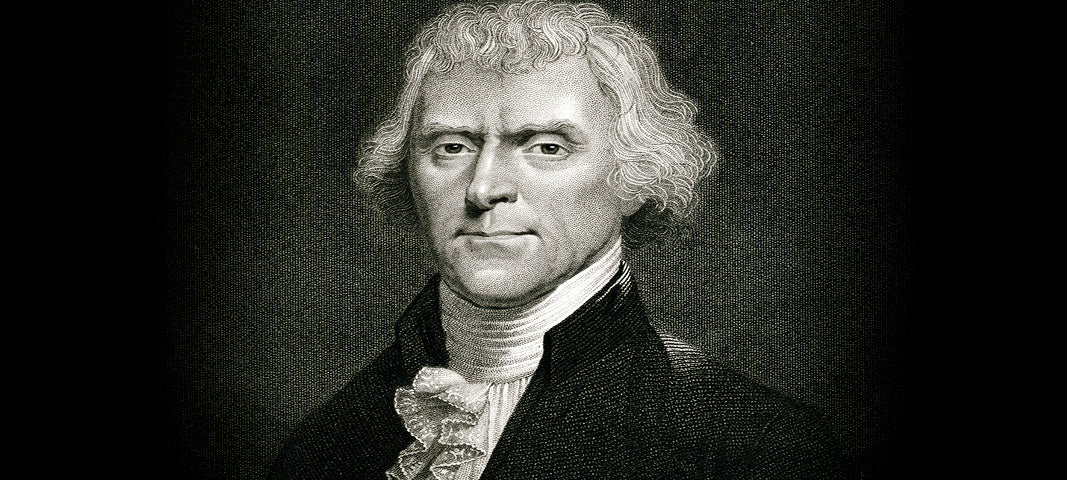
Jefferson was a lover of foreign foods and was known to purchase pineapple, a rare and expensive delicacy in his day.
Here’s a simple, surprisingly historic dish: buy a pineapple, peel it, cut it into one-inch squares, and serve. Or, if it’s available, serve some freeze-dried pineapple from your emergency supply.
Just know that eating pineapple wasn’t always so easy.
Because they were difficult to grow anywhere but in tropical climates, pineapples in colonial times could cost up to $8,000 in today’s currency. In America and elsewhere they were enjoyed almost exclusively by the wealthy elite, who would purchase a single pineapple as the centerpiece of lavish banquets.
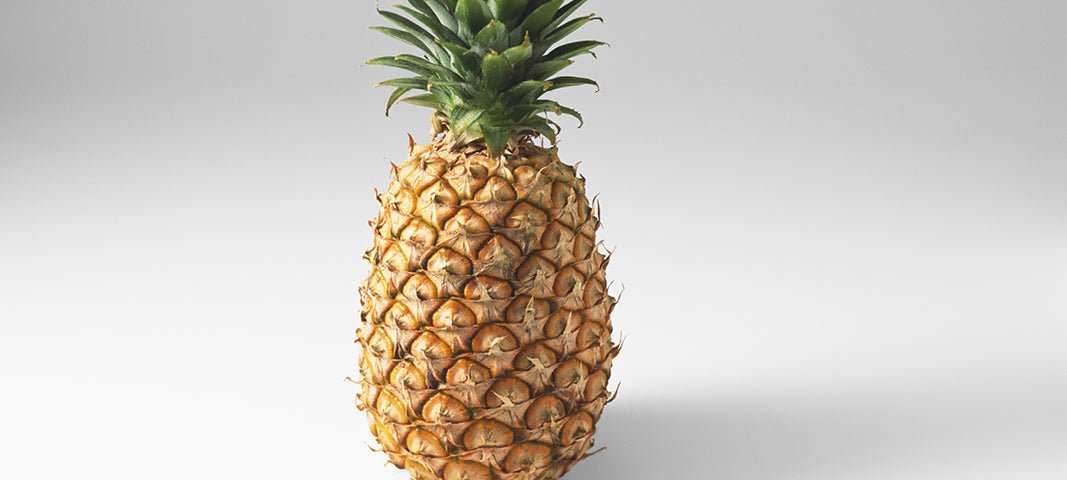
Pineapples were prohibitively expensive in the Colonial era and came to symbolize hospitality and generosity.
This custom was so widespread that the fruit became a symbol of hospitality and generosity. Pineapples adorned everything from wallpaper to bedposts in the homes of the wealthy and poor alike.
Thomas Jefferson was known to purchase pineapples for gatherings, as were other founding fathers like fellow Virginian George Washington.
Facts About Thomas Jefferson to Educate And Inspire Your Family This Fourth of July.
- He was the third president of the United States
- He was an avid learner, said to have studied 15 hours daily in school. He spoke four languages and read two more, was a lawyer, architect, proto-archaeologist, astronomer, musician, and amateur inventor.
- He wrote perhaps the most beautiful tribute to liberty in world history—the Declaration of Independence—and helped pen one of the most important sentences ever written. “We hold these truths to be self-evident, that all men are created equal, that they are endowed by their Creator with certain unalienable Rights, that among these are Life, Liberty and the pursuit of Happiness."
Click here for a printable image of Thomas Jefferson (and other founders)
James Madison's Ice Cream
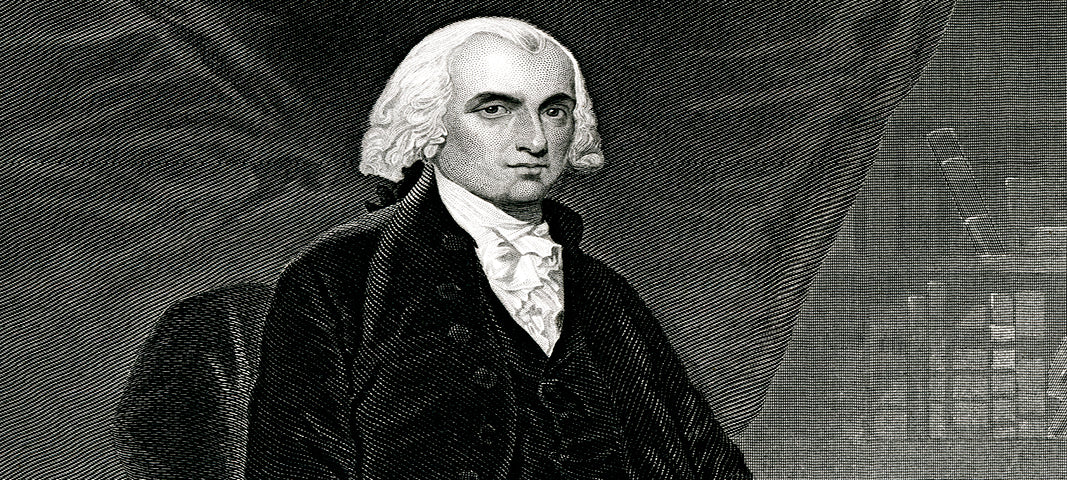
James Madison's wife served strawberry ice cream at her husband's second inaugural banquet at the White House.
Less is known about James Madison’s taste in foods, but it’s safe to say that his wife Dolley Madison, who oversaw all social functions during his terms, must have had them in mind when she designed the menus in their home. These menus give us insight into the president’s pallet.
One dish (again, a dessert) that made its way into the historical record was ice cream. Dolley Madison made a point of serving strawberry ice cream at her husband’s second inaugural banquet at the White House.
At the time of Madison’s presidency (1809 – 1817), ice cream was relatively new to the continent. The first official account of ice cream in America was in letter written in 1744. It wasn’t advertised as for sale until 1777.
And then, at some point during the 18th century, Americans really started to develop a taste for it (go figure!). The books of just one New York merchant record President George Washington spending $200 in one summer alone on the creamy treat.
The recipe below comes from The Virginia House-Wife, published in 1884 and written by Mary Randolph, a relative of Thomas Jefferson by marriage. It’s obviously outdated but isn’t so different from ice cream preparation today. The format has been altered slightly for easier online reading.
Ice Cream Recipe

INGREDIENTS
- 2 bottles of good cream
- 6 yolks of eggs.
- 1/2 lb. sugar (30-Year Granulated White Sugar)
HISTORICAL DIRECTIONS
Mix the yolks & sugar. Put the cream on a fire in a casserole, first putting in a stick of Vanilla. When near boiling take it off & pour it gently into the mixture of eggs & sugar. Stir it well.
Put it on the fire again stirring it thoroughly with a spoon to prevent it's sticking to the casserole. When near boiling take it off and strain it thro' a towel. put it in the Sabottiere then set it in ice an hour before it is to be served. Put into the ice a handful of salt. Put salt on the coverlid of the Sabotiere & cover the whole with ice. Leave it still half a quarter of an hour.
Then turn the Sabottiere in the ice 10 minutes, open it to loosen with a spatula the ice from the inner sides of the Sabotiere, shut it & replace it in the ice. Open it from time to time to detach the ice from the sides.
When well taken stir it well with the Spatula. Put it in moulds, justling it well down on the knee, Then put the mould into the same bucket of ice. leave it there to the moment of serving it.
To withdraw it, immerse the mould in warm water, turning it well till it will come out & turn it into a plate.
MODERN VERSION (ADAPTED BY MARIE KIMBALL)
Beat the yolks of 6 eggs until thick and lemon colored. Add, gradually, 1 cup of sugar and a pinch of salt. Bring to a boil 1 quart of cream and pour slowly on the egg mixture. Put in top of double boiler and when it thickens, remove and strain through a fine sieve into a bowl. When cool add 2 teaspoonfuls of vanilla. Freeze, as usual, with one part of salt to three parts of ice. Place in a mould, pack in ice and salt for several hours. For electric refrigerators, follow usual direction, but stir frequently.
Facts About James Madison to Educate and Inspire Your Family This Fourth of July.
- Though he missed signing the Declaration of Independence, he was the father of the Constitution. He didn’t write every word in that document, but he was instrumental in just about every facet of it.
- He wrote the first draft of the Bill of Rights and was key to establishing the legal glue that holds our country together to this day, including the separation of powers within the government.
- During the war of 1812, Madison was president of the United States. He commanded soldiers in that war and oversaw the evacuation of Washington, DC as well.
- He is the author of “Memorial and Remonstrance Against Religious Assessments” which some consider to be the most powerful defense of religious liberty ever written in America.
Click here for a printable image of James Madison (and other founders)
Of course, this isn’t a complete list of the Founding Fathers and Mothers. There are plenty of options—with a little time and research you could easily add more.
Let us know in the comments below how your “Founders Feast” goes. Happy Independence Day, and God bless!

